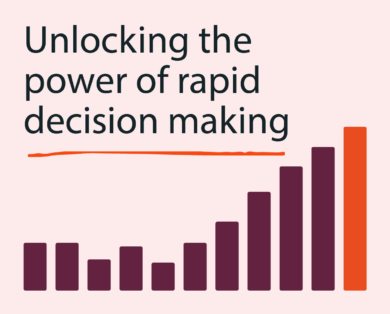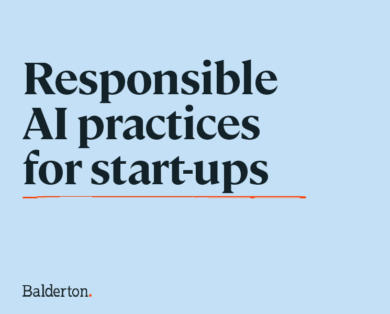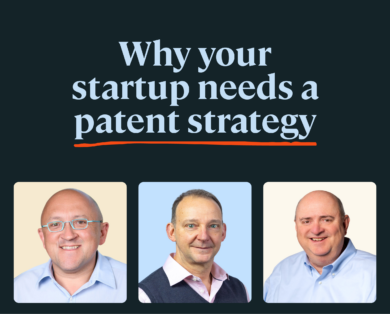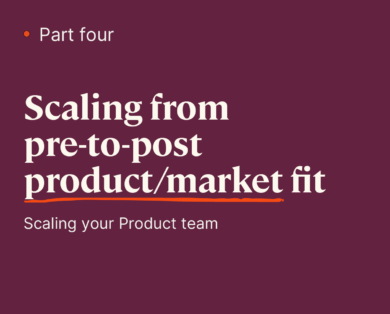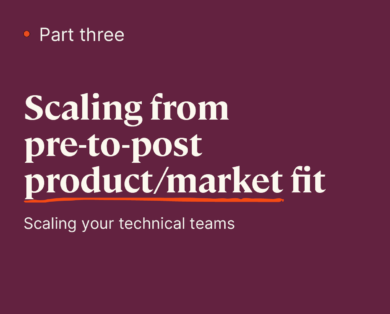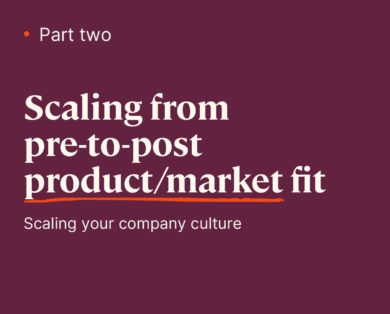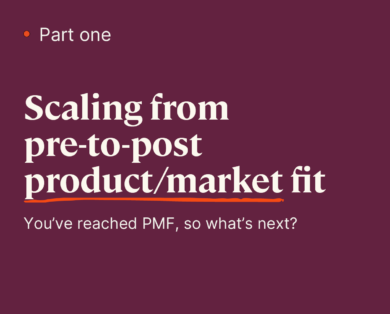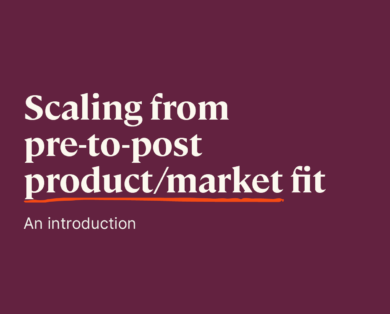- 09 April, 2025
Like a lot of things in this industry, the business model of venture capital is shrouded in mystery.
Successful entrepreneurs often end up investing in VC firms (usually the ones that backed them) and get insight into how it works at that point, but first-time founders often have no idea. There’s a natural human curiosity level to this but I think it’s also important to understand the business model of venture because it casts light on the incentives that drive firms and the individuals they employ.
For the purpose of simplicity, this post is aimed at a ‘classic’ venture capital firm that raises one or more closed funds in series over time. There are many other models – not least those used by corporate VCs (like Google, Intel, Salesforce and more) – and I’ll try to cover some of those in a future post.
The LPA and its value-creation streams
While a venture ‘firm’ is an enduring corporate structure (usually a partnership), a lot of the dynamic in VC firms is actually built around each individual fund. The Fund is governed by what is usually called the Limited Partner Agreement (or LPA).
The LPA is struck between the purely financial investors in a venture fund (the LPs – usually pension funds, high net worth families, university endowments and more) and the active fund managers of the fund (the GPs – these are the folk you interact with at the firm, and as well as making and managing investments they often invest personal capital too, though usually, this represents a tiny fraction of the overall fund size).
The LPA defines many things but, for the purposes of this post, the key thing to note are the two-income/value streams:
- Firstly, fees – these are a fixed percentage of the fund that will be taken from the fund’s total on an annual basis. Usually, this is capped in terms of duration (so fees may be taken for just the first seven years, or the first ten) and also may change over time (many funds will charge a high fee for the first 3-5 years when the firm is active making new investments and then drop it over time). Bottom line, you can assume that your VC firm is probably generating between 1.5% and 2.5% a year from each of its funds.
- Secondly, carried interest (or ‘carry’) – this is simply a shared profit bucket that is paid out once the LPs have been made whole. To put it another way, once the investments have been made in companies those companies will develop and (hopefully!) grow. Eventually, some of them will exit, paying back returns to the fund. The first chunk of that return just goes straight back to the LPs until they have gotten all of their initial outlay back (known as the ‘first turn of the fund’). If more returns are generated beyond that, those returns (now profit) are shared between the LPs and the GPs. The exact split and how and when it is paid depends on the firm and its track record but you can safely assume that between 20% and 30% of your VC investor’s fund profits will be shared with the firm.
The VC P&L
Any good CEO or CFO should be able to tell from the description above that one income stream is guaranteed, consistent and low-risk (the fees!) and the other is volatile, of uncertain timing and runs the risk of actually never materialising (the carry!). As a result, fees are used as the core ‘revenue’ for a firm and its day to day P&L.
For example, here at Balderton, like pretty much all other firms, our biggest cost by far is our team. As well as the partners we have Principals, Associates and Analysts, we have a CFO and a General Counsel, large finance, legal, marketing and talent teams, a community team, administrative professionals and so on -it is a big team and, I should say, an awesome team. Being a relatively small organisation we are able to have a very high bar on who we hire and we do.
The second biggest cost is rent (we have a great office, if you haven’t visited, you should!) and then, after that, there are smaller buckets for data, marketing, travel and so on. All of this comes from our fee income. This way we can make long-term commitments to our team (another reason we get amazing people to work with us) and suppliers, we have consistency in what we can do and provide to our portfolio company. As an ex-entrepreneur myself I can share that the consistent, predictable fee income means that the level of emotional distraction/stress on ‘making payroll’ is very low. Most firms will run this part of their business at break-even. If there is a surplus, it usually gets rolled over just in case one day there’s a deficit – both are relatively small in the grand scheme of things because you have such great visibility on both income and costs.
The Reason for Doing Business
While running a company with amazing people at break-even is absolutely fine, it’s not the key financial incentive for most VCs. The reason for doing business is the bit where we take the risk: carry. Depending on the firm, carried interest may be paid only to partners (in some jurisdictions tax/legal structures make it hard to avoid this) but many firms will also have some form of carry pool that is paid to the firm and then distributed to other employees in the firm. Even within a partnership, carry is not necessarily equally distributed – some firms do it based on seniority or tenure while others focus on who made the most successful investments.
If the fee income is more consistent and lower stress than a regular company’s revenue, carry is even less predictable and dependable than a bonus scheme. Most bonus schemes have clear KPIs that an individual can affect. In the case of carry, the numbers depend on aggregate investments – your partner may make an amazing investment that returns a large profit, but if you blow it by backing a number of failed investments then those will eat into the profit. Timing is also highly unpredictable – sometimes a company is sold very quickly, leading to rapid profits and carry, sometimes a great fund can have multiple unicorns or decacorns that just take a long time to get to a stage where any equity can actually be sold.
To give you a rough idea on this, when I first became a VC, the accepted wisdom was that it would likely take 7-8 years to get your first ‘carry cheque’. The bull market of the last few years may have reduced this a bit but I think the lengthening time companies stay private and given how early some investors invest (pre-pre-pre-seed, etc!) means that that rule of thumb is probably still accurate.
How Entrepreneurs can use this information
Financial incentives are not the only incentives in life (there’s a good post for a future day!). However, financial incentives can be powerful and understanding this business model may help you understand VC behaviour. Here are some insights:
- Always let the VC pay. When you have lunch with a VC, let them pay for it. They have that great, consistent Fee income and they’d much rather you used the cash they’ve given you to give yourself the best possible chance of a big (Carry-producing) outcome so don’t spend it on them! More seriously, be extremely wary of someone who tries to charge you fees for being on your board, travelling to you, doing legal work after investment and so on. This suggests a VC who lacks confidence in their outcomes (and so needs to protect their downside by generating fee-like income from your company) and so not a great sign.
- VCs look for risky, huge opportunities. The fee income means VCs and their teams won’t starve. If you’re building a great business that employs people, generates a profit, grows solidly, that’s amazing and you should be very proud of doing something very difficult but don’t be upset if a VC doesn’t invest. The VC is looking for a huge opportunity that, if it works, will deliver a return that takes their fund into Carry. Stability, profitability, and predictability in the early days are just not important to them. There’s nothing wrong with your business, it just doesn’t fit the VC business model – there are other investors who will fit you better.
- Your VC’s team structure matters. Probably the most important point but the hardest to dig into. Just how balanced is Carry in your VC’s partnership? Is the person you’ve spoken with who is going to sit on your board appropriately compensated for that work? If a firm gives more Carry to the partner who found and made an investment, you’re going to get someone very dedicated to you but, in contrast, the other partners at the firm may care less about you. If an ageing founder partner of the firm takes most of the carry, is your partner really going to be engaged with this fund (and you) or looking to join another firm when they can? At Balderton, we’ve sidestepped a lot of the drama around this with an Equal Partnership where everyone is all in for each fund but very few firms have this structure. Get ahead of this in your funding round by asking the right questions – how is your partnership structured, how do you make decisions, how does Carry work in your team?
- Your company is one egg in a basket. As a founder, you have all your eggs in one basket. If the company succeeds, you will do really well (congratulations!), but a VC firm has multiple investments in each fund and needs the fund to succeed in aggregate. At the start of things, the firm will invest in companies that it believes are equally likely to be huge outcomes. But, over time, as things develop, some will do well, others will struggle. Resources within the firm are finite (financial resources left in the fund for future investment, time resources in terms of the team’s hours in a day) and so the firm has to make overall fund decisions around allocation. This may lead to you losing support just when you most need it. Again, get ahead of this in your funding round and ask – how do you make follow-on decisions, have you reserved capital specifically for my company, what is your approach to pro-rata, and what does success look like for you?
When trying to understand someone or something, I think the old cliche is still a strong one: follow the money. Hopefully this post starts you on that journey with regard to the venture capital industry.
 SURANGA CHANDRATILLAKE
SURANGA CHANDRATILLAKE 

